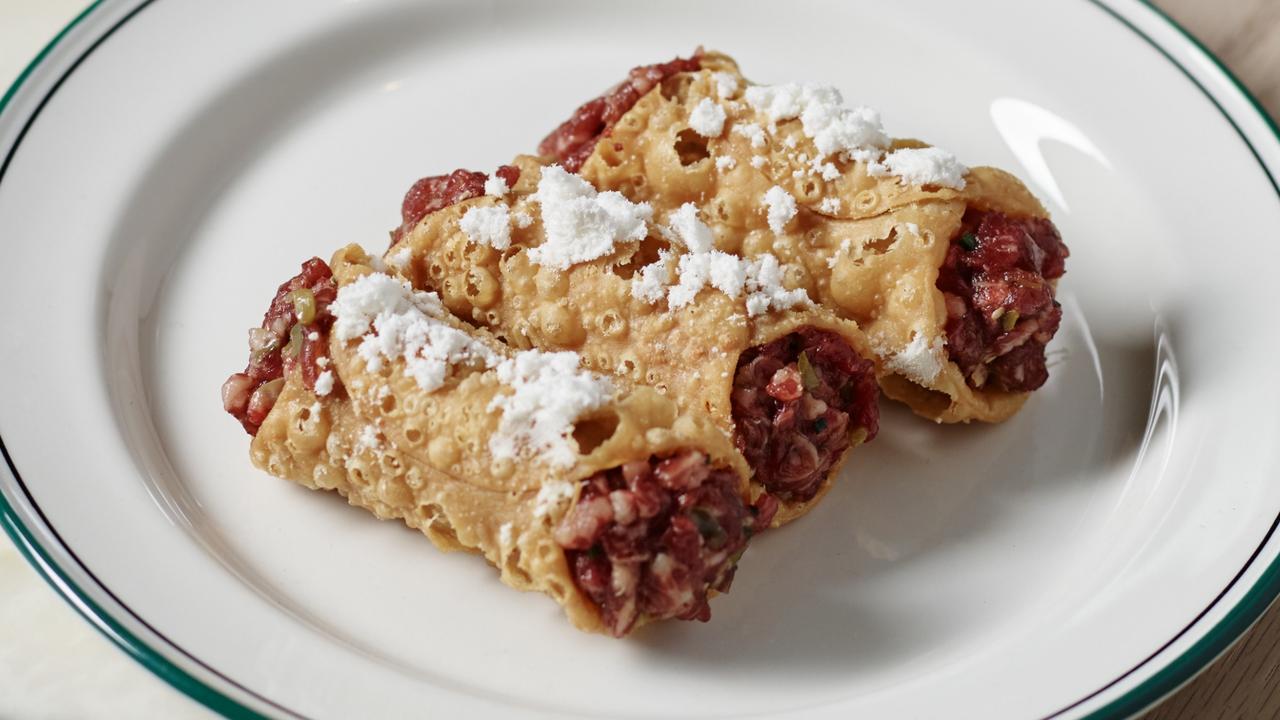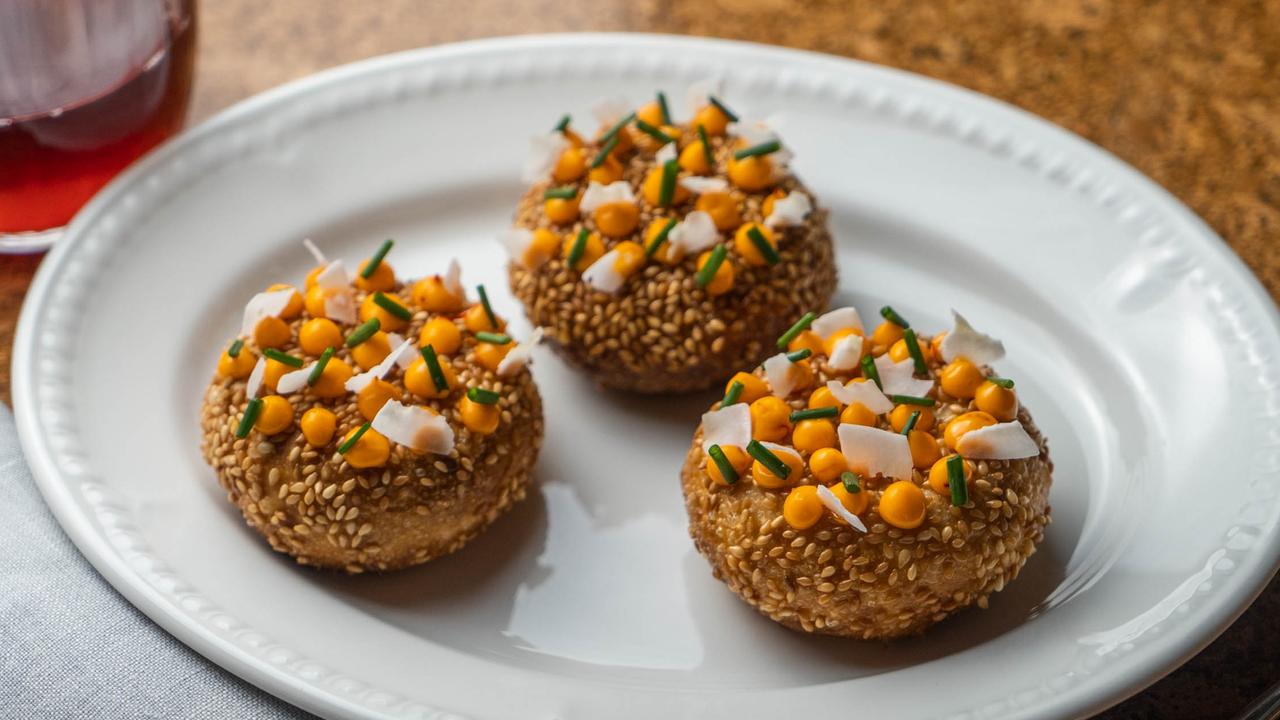Ringwood gelato master explains difference between ice cream and gelato, plus what to look for
THOUGHT you knew your ice-cream from gelato? A fourth generation gelato maker explains the art of making the frozen treat, just in time for summer. Here’s everything you need to know about gelato in Melbourne.
delicious.100
Don't miss out on the headlines from delicious.100. Followed categories will be added to My News.
AMALIO Lavezzi only sold two flavours when he opened his first gelato kiosk in Italy back in 1870; lemon and coffee.
“In those days gelato was considered to be just sorbet,” explains Angelo Sperlinga, managing director of Lavezzi in Australia.
MELBOURNE’S 15 BEST ICE CREAM AND GELATO SPOTS
DISCOVER 25 OF MELBOURNE’S BEST ITALIAN CONNECTIONS
“They would go up to the mountains, grab the snow, and then add the lemon or coffee. That was how they made the first sorbets.”
Now, three generations later, Amalio’s great grandson, Raffaele Lavezzi — nicknamed Lello — still uses those same basic methods, maintaining and honouring the Lavezzi family’s passion for high quality, authentic and — above all — delicious gelato.
“You don’t eat gelato — you experience gelato,” Lello says.
“Salt first, then the sugar hits your tongue and then the flavours. That is the most important part; making sure the flavour profile resonates with your brain.”
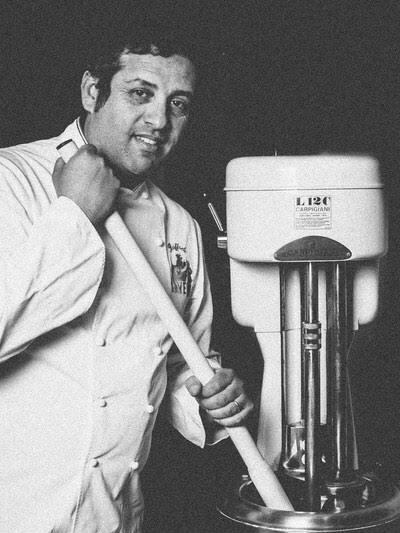
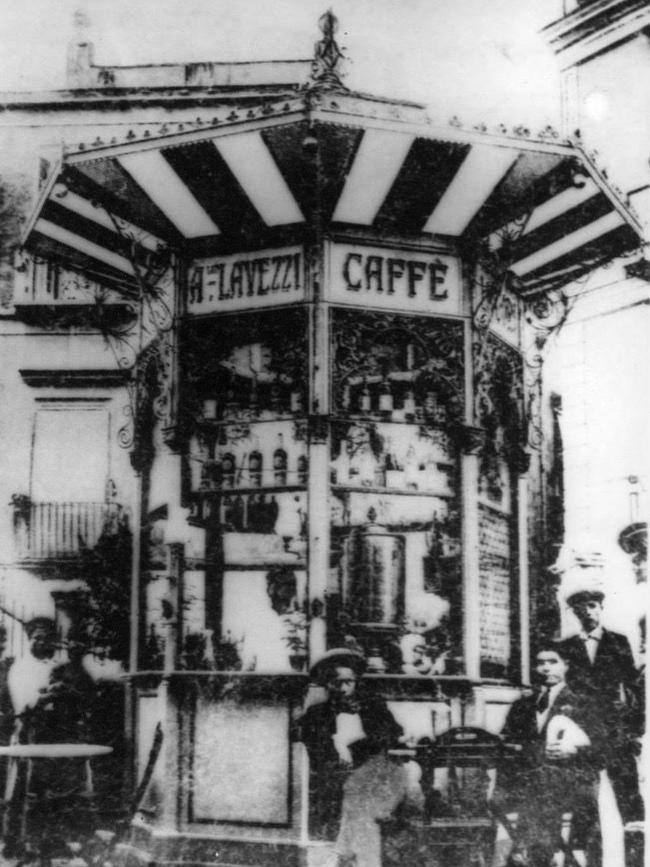
For Lello, who has been making ice cream his whole life, it’s those small nuances of flavours and the interplay between textures and taste that separate a good gelato from a great gelato.
“I live and breath ice cream and am always striving for perfection,” he says.
“I continually create, recreate and upgrade my recipes. You might think it’s a perfect hazelnut (one of the store’s signature flavours and my personal favourite) but I will always try to find ways to make it better.”
It was a love of food that brought Angelo and Lello together. Angelo, who has worked in the food service industry for more than 20 years, began importing Lavezzi ice cream back in 2007 and selling it wholesale to local restaurants, cafes and ice cream shops.
“In those days there wasn’t really that much competition,” he says.
“Within five or six months we were importing close to 16,000 packets of gelato every six to eight weeks. It just grew like crazy.
“From there — Lello really fell in love with Australia and it was always our dream to set up a Lavezzi shop here.”
Fast forward to now and their Ringwood store — the first to open outside Italy — has already garnered a cult following for its bona fide flavours and textures.
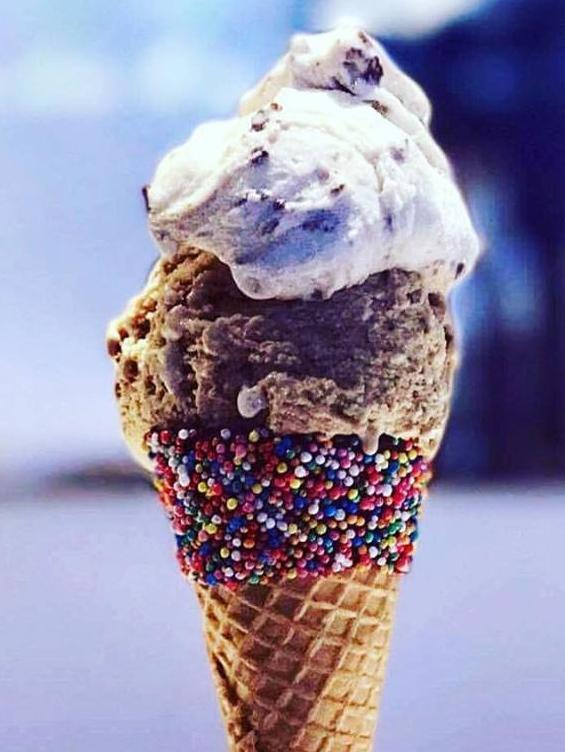
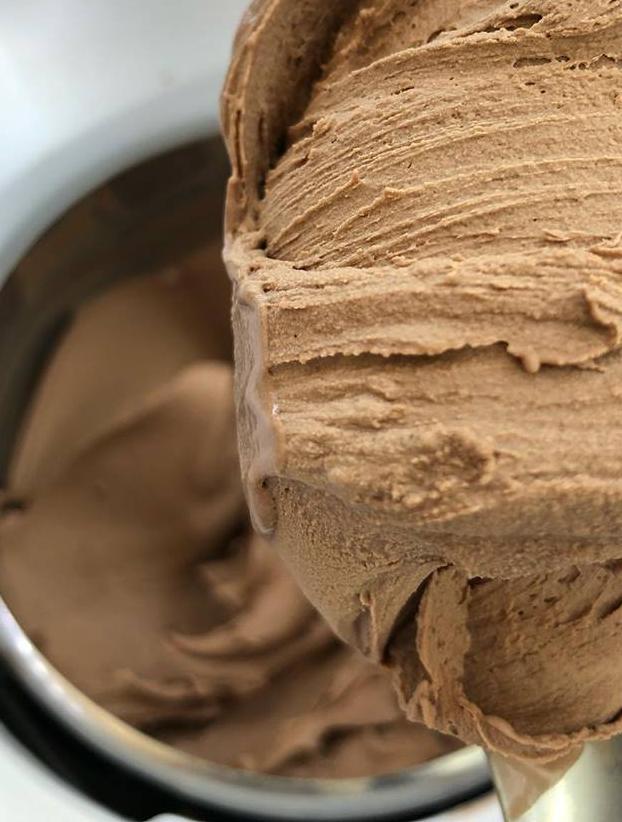
And with a cavalcade of flavours on offer — including traditional favourites like pistachio, panna cotta, bacio and blood orange as well as newschool tastes such as peanut butter and Nutella swirl, salted caramel and green tea — Lavezzi is bringing more than 100 years of Lavezzi history and passion to the palates of Melburnians.
As well as in a cone or a cup, you can also choose to have your gelato in a cannoli (a typical Italian custard-filled pastry), wrapped up as a frozen Bacio kiss or, if you prefer your ice cream fully loaded, you can even get it on a stick, dipped in white, milk or dark chocolate and pimped up with a range of delicious toppings. You can even grab take-home packs for those nights when you just want to Netflix and chill.


“We consider ourselves to be artisans [or, as we like to call them, gelartisans] so don’t want to buy pastes and other products pre-made and then just assemble the ice cream,” Lello says. “We want to create ice cream from base up.”
This includes making everything in house, daily, so that it is always as fresh as possible.
A rigorous selection of hand-picked ingredients ensures the authenticity and quality of the Lavezzi brand in Italy is replicated across its Australian stores.
“Our pistachios are from Sicily, hazelnuts from Piemonte, chocolate from South Africa and milk is sourced locally from Gippsland Jersey,” Angelo says.
“Even the lemons; it might seem strange to people that we import lemons from Lello’s home town near Sorrento (on Italy’s Amalfi coast) but our goal is to source the best flavours possible so that we can make the highest-quality gelato.”
It’s clearly a recipe for success, with a flagship store set to open on Lygon Street — the heart of Melbourne’s Italian quarter — in early 2018.
“It was always Lello’s dream to bring the flavours and textures of his childhood to Australia and we wanted to help him do it,” Angelo says. “Sure, there are a lot of stores opening up around Melbourne, but we think the more people talk about gelato the better it is.”
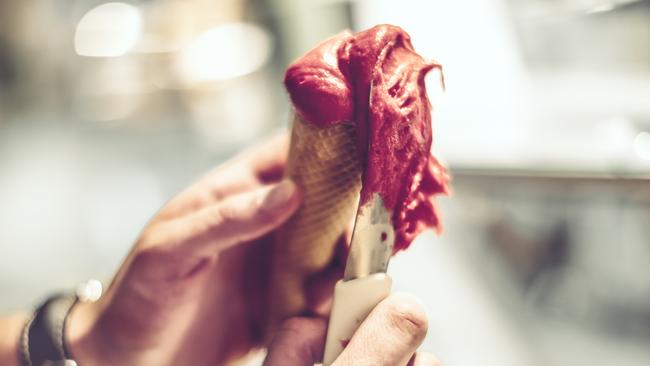
ICE CREAM V GELATO
Isn’t gelato just the Italian word for ice cream? While this is partly true, it doesn’t tell the whole story. Here is Lello Lavezzi’s guide to ice cream v gelato.
— Gelato is made using whole milk instead of cream, which means is generally contains less fat than regular ice cream.
— It is churned at a slower speed, which means less air gets whipped in. This is what gives it such intense flavour. This is also why gelato tends to weigh nearly twice as much as regular ice creams.
— Most traditionally made gelato contains a higher proportion of natural ingredients, and that means no (or very little) added colouring, stabilisers or emulsifiers.
— Gelato is served at a warmer temperature (-5 to -15C) than ice cream (-15 to -20C) which is what gives it its smooth, creamy texture.
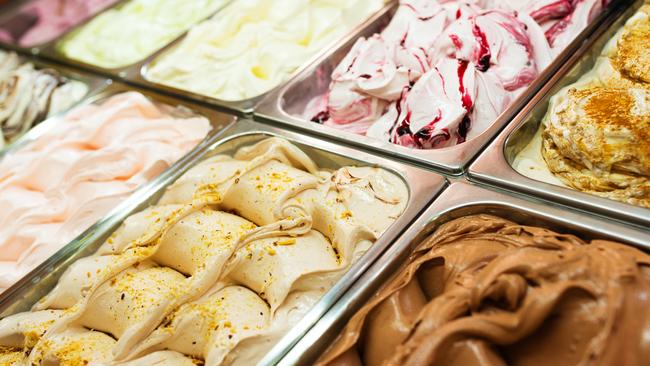
HOW TO RECOGNISE TOP-QUALITY GELATO
Not all ice cream is created equal. Lello Lavezzi’s expert tips will help you become an ice cream connoisseur in no time.
— One of the first things to pay attention to is the colour of the gelato. A high-quality gelato will never have super vibrant colours, they tend to be a little more delicate and dull. For example, pistachio ice cream should never be bright green, but instead have a subtle, almost brownish tone. When it comes to fruit-based gelato — or sorbetto — look for deep, muted reds rather than intense pink. Lemon should be white rather than off yellow.
— Tone is also important. If the gelato is too shiny, it probably means it’s either not that fresh, or that is has been made using too much sugar.
— Gelato should be a little stretchy, almost like whipped egg whites when they form soft peaks. This is an indicator of freshness. The stiffer the ice cream, the longer it has been frozen as the sugar crystals become larger and more coagulated.
— Don’t mistake a full container for freshness. Many artisan gelataios (gelato makers) will only make as much gelato as they think they will sell on a given day so an emptier container is not necessarily a sign that is less fresh
— Pay attention to the ‘meltdown’ rate. If ice cream is too soft or airy is tends to melt or lose its shape very quickly.
— The texture of the melted ice cream is also a giveaway. If it becomes watery or thin as it melts, it’s a sign of poor quality. Ideally, the melted product should look as smooth and creamy as the mix before freezing.
— Consistency is another key player. Quality ice cream should generally be smooth and soft with no noticeable ice crystals, flavour clumps or sandiness.
— Like wine — a good gelato should have a lingering mouth palate.


